What Causes Queefing? 10 Reasons Why You Shouldn’t Be Embarrassed About It
Not an ideal IDC moment! What causes queefing is worth researching!
On Nov 1, 2023 – 8 minutes read
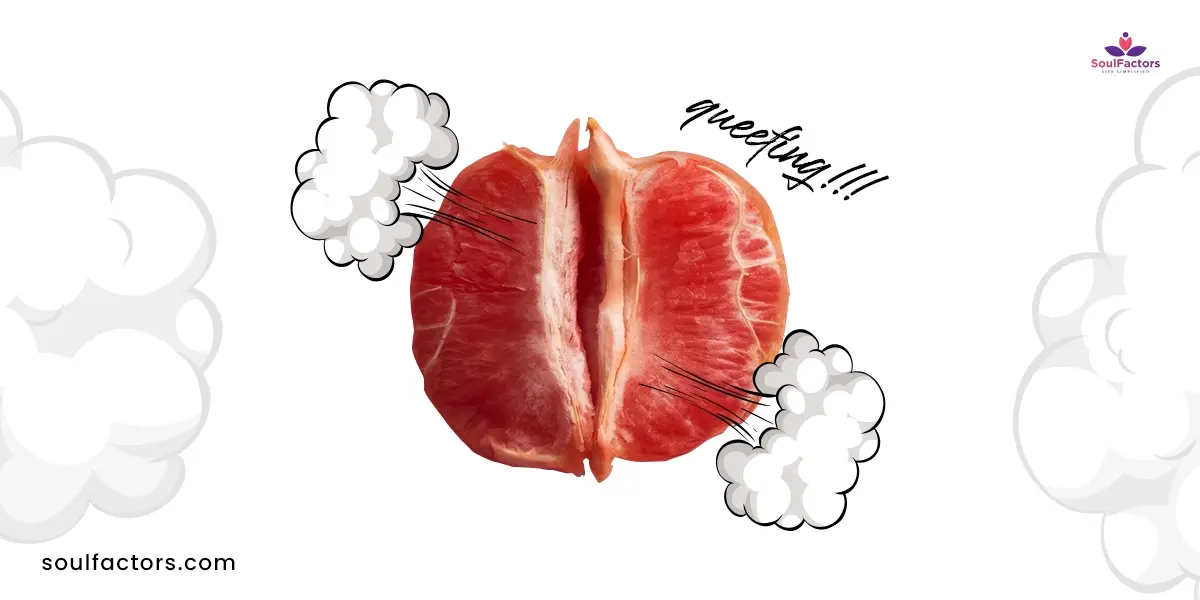
Imagine how it feel for someone who put so much effort into making that night special with a Bikini wax, Victoria’s Secret, and the choicest pearls, when during the act a wind escapes so loud? Even if you are a good sport, this is totally unwelcome. Call it vaginal flatus, varts, or queef- vaginal queefs are a reality. What causes queefing? However, it is quite common as well. Vaginal flatulence generally is not a medical condition and is harmless.
What Is Queefing?
Queefing happens when a noticeable amount of air involuntarily escapes the vagina suddenly making a noise during sex or during body movement. A little bit of air can get pushed into the vagina as and when sexual intercourse happens as it involves some thrusting or a penetrating object like a sex toy.

The air that got in gets pushed out all at once sometimes. Technically termed ‘vaginal flatus’, this phenomenon causes air to be released from the vagina and you may hear a sound similar to a fart. However, a queef does not emit any odor, unlike a fart. Even though there is no odor, the sound in itself is embarrassing.
What Causes Queefing?
The vaginal canal is a hollow tunnel and air can get trapped in it due to various reasons. What goes in has to come out and there is only one opening for it to come out and that is the vagina. There are multiple factors at play when answering what causes queefing.

- Sexual activities: Penetration of penis, sex toys or vibrators, finger, etc. can be a cause of queefing. Oral sex can also cause the problem. Positions where the legs are up in the air or elevated hips can cause air entrapment in the vagina and cause queefing.
- Exercise: Vaginal farts are also caused by movements like stretching, yoga, etc. Inversions are the most common poses that cause queefing. Any pose that requires strength in the abdominal and pelvic area can cause queefing. Headstands, plow poses, shoulder stands, sumo squats, and downward-facing dogs are common poses that can cause vaginal flatus.
- Menopause: Some women nearing menopause also report queefing.
- Childbirth: It can be caused due to weak pelvic floor muscles due to childbirth as well. Those with weak pelvic floors are found to be at higher risks of queefing.
- Excessive lubrication: Women who get too wet during sex or when aroused may have more vagina queefs than others. Excess use of lubrication can also cause vaginal flatus.
- Menstrual products that trap air: Air can also get in when you insert menstrual cups, tampons, etc.
Signs And Symptoms Of Vaginal Flatus
There are some obvious signs of vaginal queefing.
- Sound: The passage of air out of the vaginal canal produces a sound that will be similar to anal flatulence.
- No odor: But unlike a fart, this vaginal release of air doesn’t have a gassy odor.
In short, if there is an air release from the vagina with a sound when during movements, there is no need to panic. It is an innocent case of vaginal flatus.
10 Reasons Not To Be Embarrassed With Vaginal Queefing

- Vaginal flatulence is common.
- It is just air that got trapped in the vaginal canal.
- Queefing is not smelly.
- It does not accompany any discharge.
- It can be controlled once you identify what causes queefing.
- Some alterations in activities can be made to prevent vaginal flatus, like avoiding using vibrators in a particular manner to prevent trapping air inside.
- Change in some positions like sexual positions can prevent it.
- You can prevent it with the avoidance of some exercise patterns.
- Vaginal flatulence is treatable.
- Many are aware of this involuntary phenomenon.
Risk Factors Of Vaginal Queefing
Sometimes vaginal fistula can also be a reason for queefing as there may be an abnormal opening into the rectum or colon. In such cases, there may be an emission of traces of stool from the vagina. The gas may be smelly as well. Childbirth, cancer treatment, surgical procedures, etc. can also cause fistula.
Some alarming signs like stool or pus coming out of the vagina, painful intercourse, frequent urinary tract infections, smelly or unusual colored discharge, irritation or pain around the anus, vulva, or vagina should be taken seriously and medical attention should be sought.
Diagnosis Of Vaginal Flatulence
Vaginal flatulence is a harmless condition that causes the emission of air that got entrapped in the vaginal canal. If it is affecting your regular routine, you can go in for a treatment.
As it is an innocent condition that is not a medical issue, there’s no need to treat it or seek a remedy. But there may be times when queefing is associated with a medical issue that requires treatment. Oftentimes, the prolapse of the pelvic organ is associated with vaginal flatulence. The reason can be any, ranging from childbirth to aging.
Vaginal Gas: Treatment
How can you stop vaginal queefing? There are no treatments per se for queefing, but you can refrain from activities after analyzing what causes queefing for you. If your queefing is due to prolapse, the treatment involves using a pessary — a plastic or rubber circular device that fits into the vagina to support tissues that are affected by prolapse. Perineoplasty(1) is also recommended as a remedy to reduce the airflow into the vagina that causes queefing.
Prevention Of Vaginal Flatulence
Vaginal flatus can be prevented by understanding what causes queefing. Some ways to prevent vaginal flatus are:
Kegels Exercise:

The best way to reduce your queefing is to do pelvic floor strengthening exercises like Kegels exercise. It helps to reduce queefing by strengthening the pelvic floor.
It’s quite simple to learn how to do Kegels. Squeeze your pelvic muscles and hold for three seconds and then relax for three seconds. Repeat 10 times about three times a day. The best thing is that you can do this anywhere and anytime without anyone noticing. You can also try doing this while feeling like urinating.
Biofeedback Therapy:
Biofeedback therapy is a safe and effective method for increasing pelvic muscle strength(2). Biofeedback therapy involves biofeedback instruments placed inside or just outside the vagina and anus that can measure muscle activity and detect contractions of the pelvic floor. This can help rectify common errors women make while performing Kegels like engaging the abdominal muscles instead of the pelvic floor muscles. This helps to reduce vaginal flatus.
Weight Management:
Excess weight can place extreme pressure on the organs, thereby loosening the pelvic floor. If you’re overweight or lead a sedentary lifestyle, you may be at risk for incontinence, pelvic organ prolapse, or queefing. You can take your dietary intake into consideration and work on it to reduce your calorie intake.
Exercises:
Some exercises will help in the prevention of queefing as it helps to strengthen the pelvic floor. Some positions like the bridge pose, squats, etc. will help with the same.

- Bridge Pose: Lie on the back and bend the knees, with the feet flat on the floor about hip-width apart. Keep the arms by the sides with the palms facing down. Contracting the buttocks and pelvic floor muscles lift the buttock and hold this position for 4 seconds. Now relax the buttocks and pelvic floor muscles and lower the buttocks to the ground. Repeat this up to 10 times.
- Squats: Stand with the feet hip-width apart, keeping them flat and firm on the floor. Bend the knees to bring the buttocks toward the floor, going as low as you are comfortable. Keep the back straight and tilted slightly forward. Go up and down. Focus on tightening the buttocks and pelvic floor while returning to a standing position. Do 10 reps and relax. Wide-legged or deep squats may make it difficult to retain a pelvic floor contraction. Hence, narrow and shallow squats tend to be more beneficial for strengthening the pelvic floor.
Word of caution: You should check with your healthcare practitioner if you have some medical condition or if it is a post-surgery or post-childbirth period.
Sex Positions To Avoid To Prevent Queefing
Some sex positions like the cowgirl or doggie style can lead to more air getting trapped in the vagina. Sticking to a missionary position the traditional way may not allow that much air to get trapped in the vagina as it would not be opened wide like in the other positions.
Choose Your Insertable
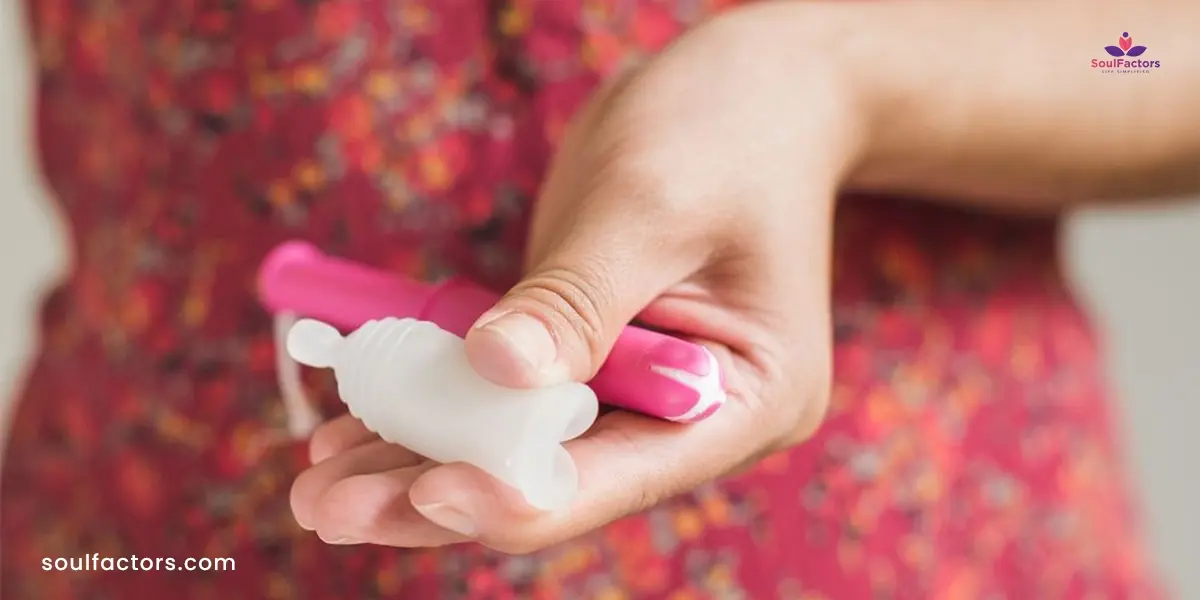
Whether it be menstrual cups or menstrual discs, diaphragms, or tampons, choose wisely to make sure one of them is not the culprit behind letting air into your vagina. As these are insertables that allow air to get into the vagina, you can shun them completely and see if your queefing problem persists.
When Should You Consult A Healthcare Practitioner To Treat Queefing?
You have to consult a healthcare practitioner if queefing is interfering with your life. If the gas is smelly, along with emissions that are smelly, you have to check if it is a case of vaginal fistula. Generally, queefing is not painful, but you can get yourself checked if it’s otherwise.
FAQ
Queefing is not harmful, but it sure is eww!! Sometimes queefing can be caused by underlying issues.
When it is painful, smelly or accompanied by discharge of pus or stool, you need to be concerned.
You can prevent queefing during sex by not allowing air to get inside through a careful choice of sex position. You can also try exercises that strengthen the pelvic floor or Kegels.
Winding up
Vaginal queefing is real. Our bodies hold a ton of mystery and sure it behaves weird sometimes. As long as you are healthy, give the queef a good laugh. It is more important to respect your body as it is. Respect the gift and live with it accepting it completely! Cheers!

Subscribe to Newsletter
Elevate your routine, stay on trend, and embrace a personalized beauty journey with our curated insights.


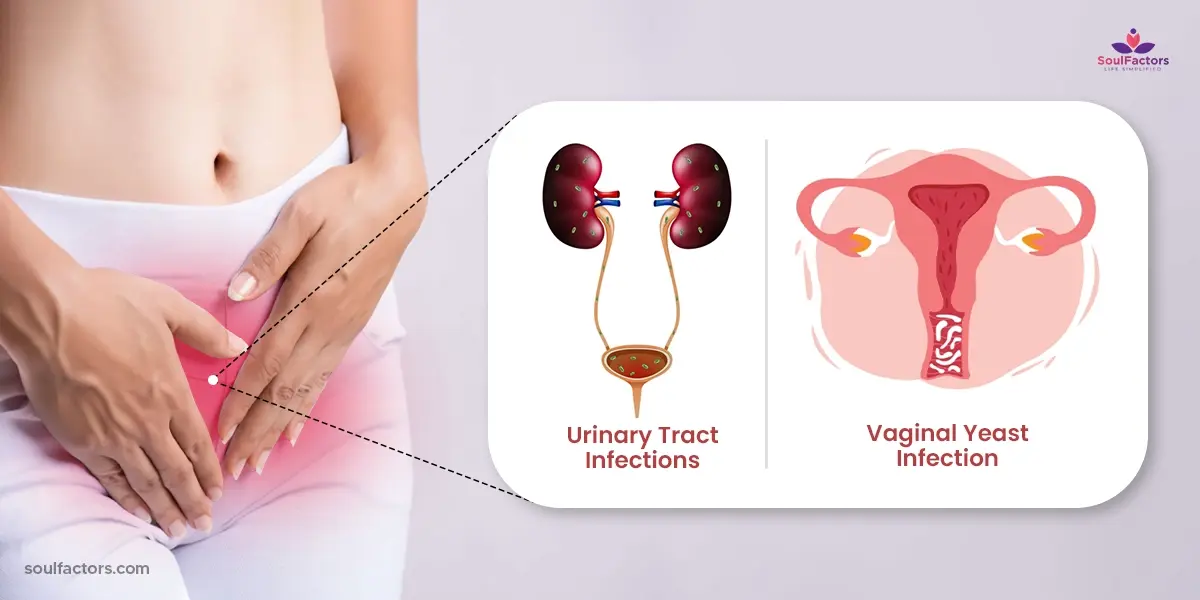
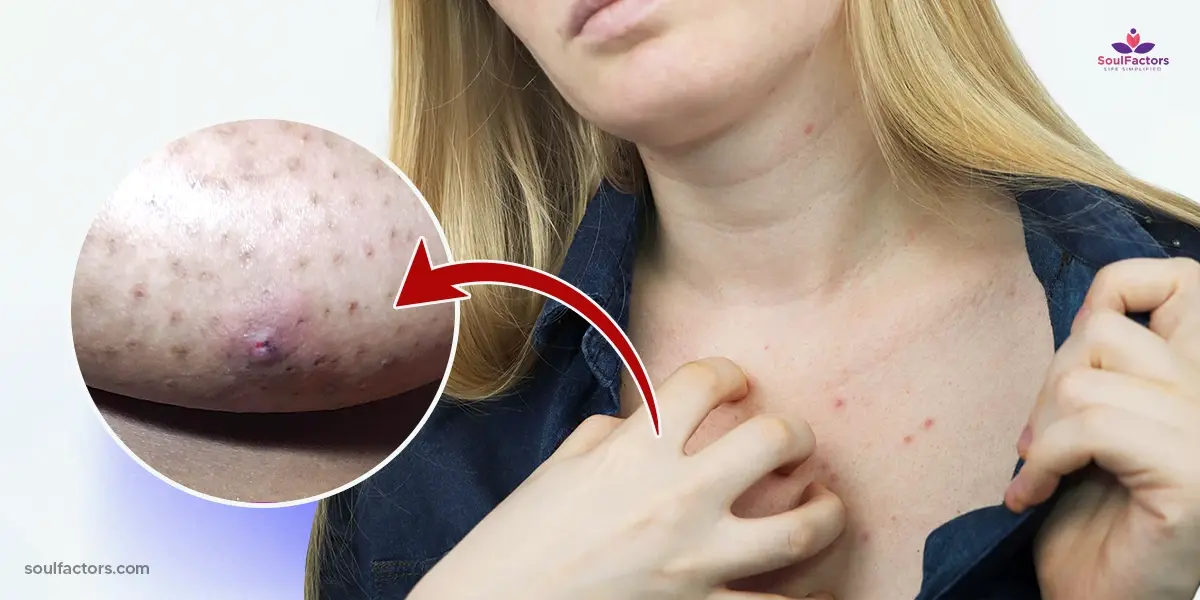
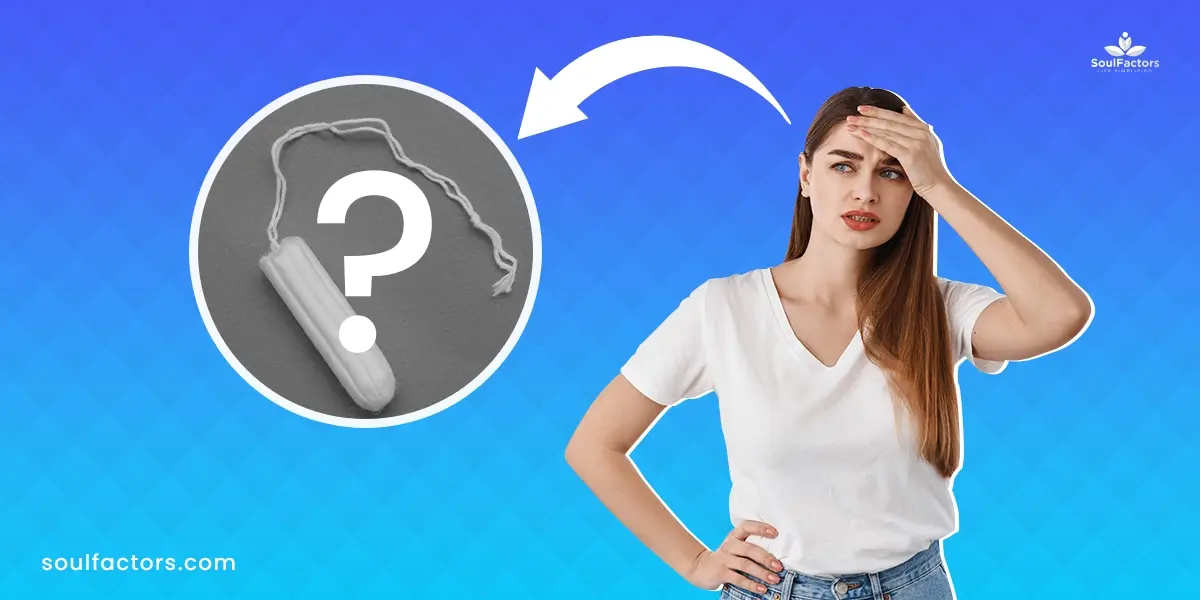
Write a Comment